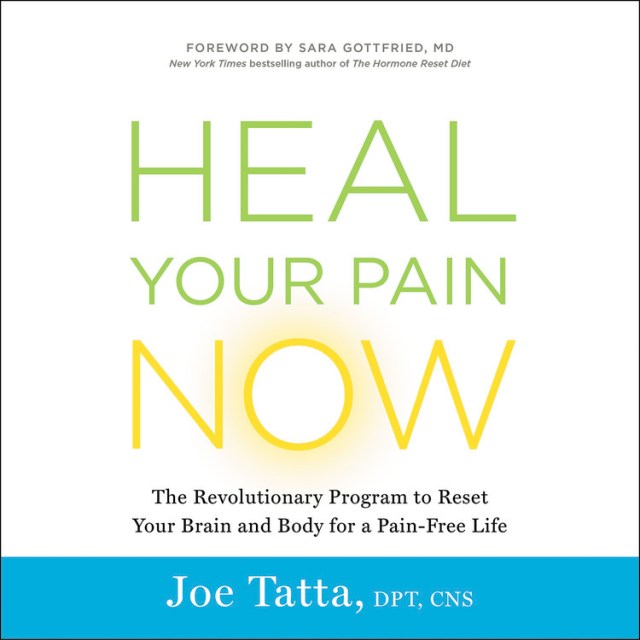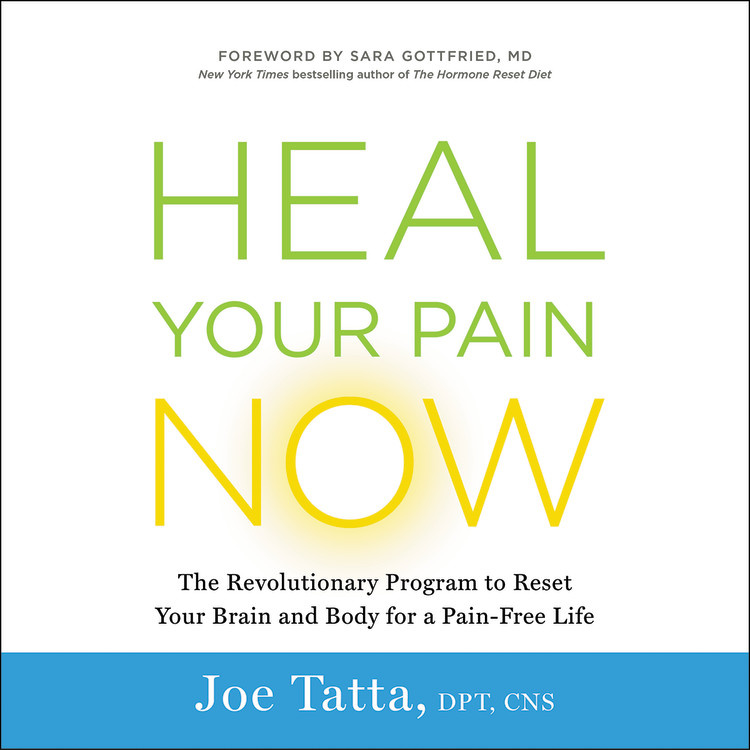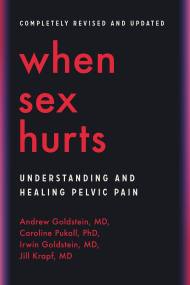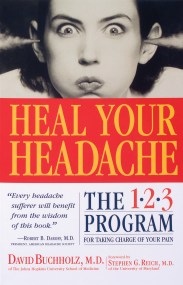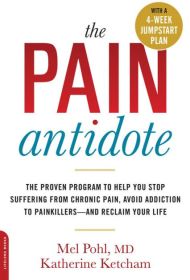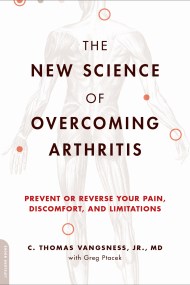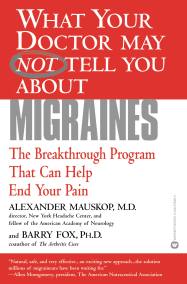By clicking “Accept,” you agree to the use of cookies and similar technologies on your device as set forth in our Cookie Policy and our Privacy Policy. Please note that certain cookies are essential for this website to function properly and do not require user consent to be deployed.
Heal Your Pain Now
The Revolutionary Program to Reset Your Brain and Body for a Pain-Free Life
Contributors
By Joe Tatta
Read by Ben Sullivan
Formats and Prices
Format
Format:
- Audiobook Download (Unabridged)
- ebook $11.99 $15.99 CAD
- Trade Paperback $21.99 $28.99 CAD
This item is a preorder. Your payment method will be charged immediately, and the product is expected to ship on or around February 7, 2017. This date is subject to change due to shipping delays beyond our control.
Also available from:
-
"This book will help people who suffer from chronic pain from conditions such as fibromyalgia, autoimmune disease, musculoskeletal injury, obesity, or any persistent pain state. Dr. Joe Tatta has written a blueprint to resolve pain using integrated, functional, medicine principles. I recommend this book and the Healing Pain Program."Mark Hyman, MD, #1 New York Times bestselling author of The Blood Sugar Solution 10-Day Detox Diet
-
"We've been approaching pain all wrong. The solution doesn't come in a bottle; it comes by taking control of your health. Dr. Tatta provides a simple, easy-to-implement strategy that helps you break free from pain and live the life you deserve."JJ Virgin, New York Times bestselling author of JJ Virgin's Sugar Impact Diet and the Virgin Diet
-
"Dr. Tatta is a rare breed of physical therapist, nutritionist, and functional medicine practitioner. This book provides easy, effective strategies and natural strategies for those who want to heal their pain."Dr. Alan Christianson, New York Times bestselling author of The Adrenal Reset Diet
-
"If persistent pain is holding you hostage, let Dr. Joe Tatta show you how to break free! Through his amazing Healing Pain Program, he's helped thousands of people reclaim their lives--and now it's your turn."Dr. Kellyann Petrucci, New York Times bestselling author of Dr. Kellyann's Bone Broth Diet and host of the Public Television Special "21 Days to a Slimmer, Younger You"
-
"At last - a must read book for those who struggle with pain. Heal Your Pain Now mindfully brings readers through an amazing healing journey. Dr. Tatta shows you how emotions and thoughts are right at the core of your pain experience. He outlines practical and concrete ways you can use the power of your mind to reverse pain. This book is also a much needed resource for health care professionals who want to help patients successfully cope and thrive!"Dr. Susan Albers, New York Times bestselling author of Eat.Q.
-
"Dr. Tatta has compiled a trove of the latest information about pain. More importantly, he has distilled this information into an evidence-based program that has helped many people overcome their pain. I highly recommend this book."Howard Schubiner, MD, author of Unlearn Your Pain and Unlearn Your Anxiety and Depression; Providence Hospital, Southfield, MI
- On Sale
- Feb 7, 2017
- Publisher
- Hachette Audio
- ISBN-13
- 9781478977193
Newsletter Signup
By clicking ‘Sign Up,’ I acknowledge that I have read and agree to Hachette Book Group’s Privacy Policy and Terms of Use
